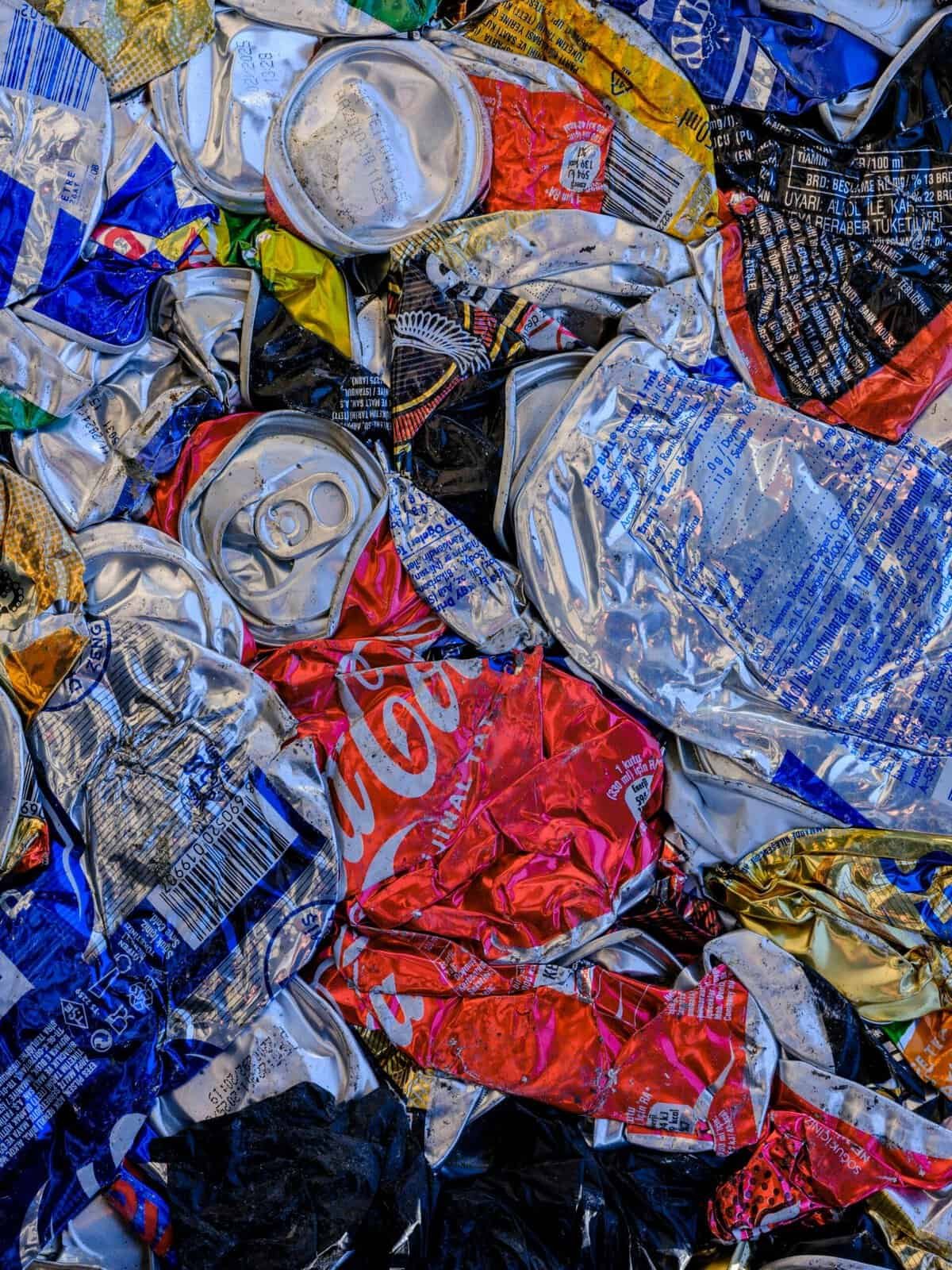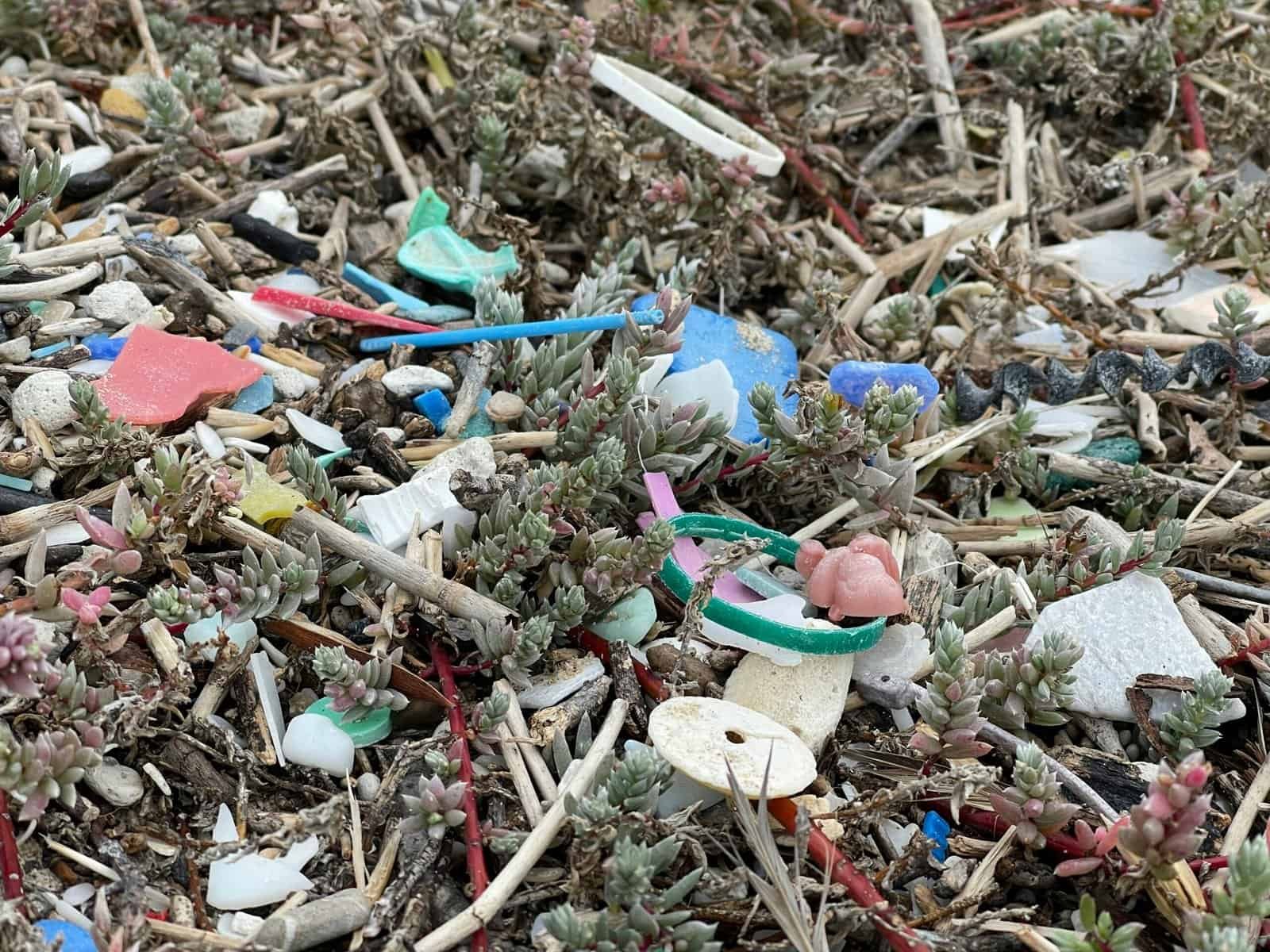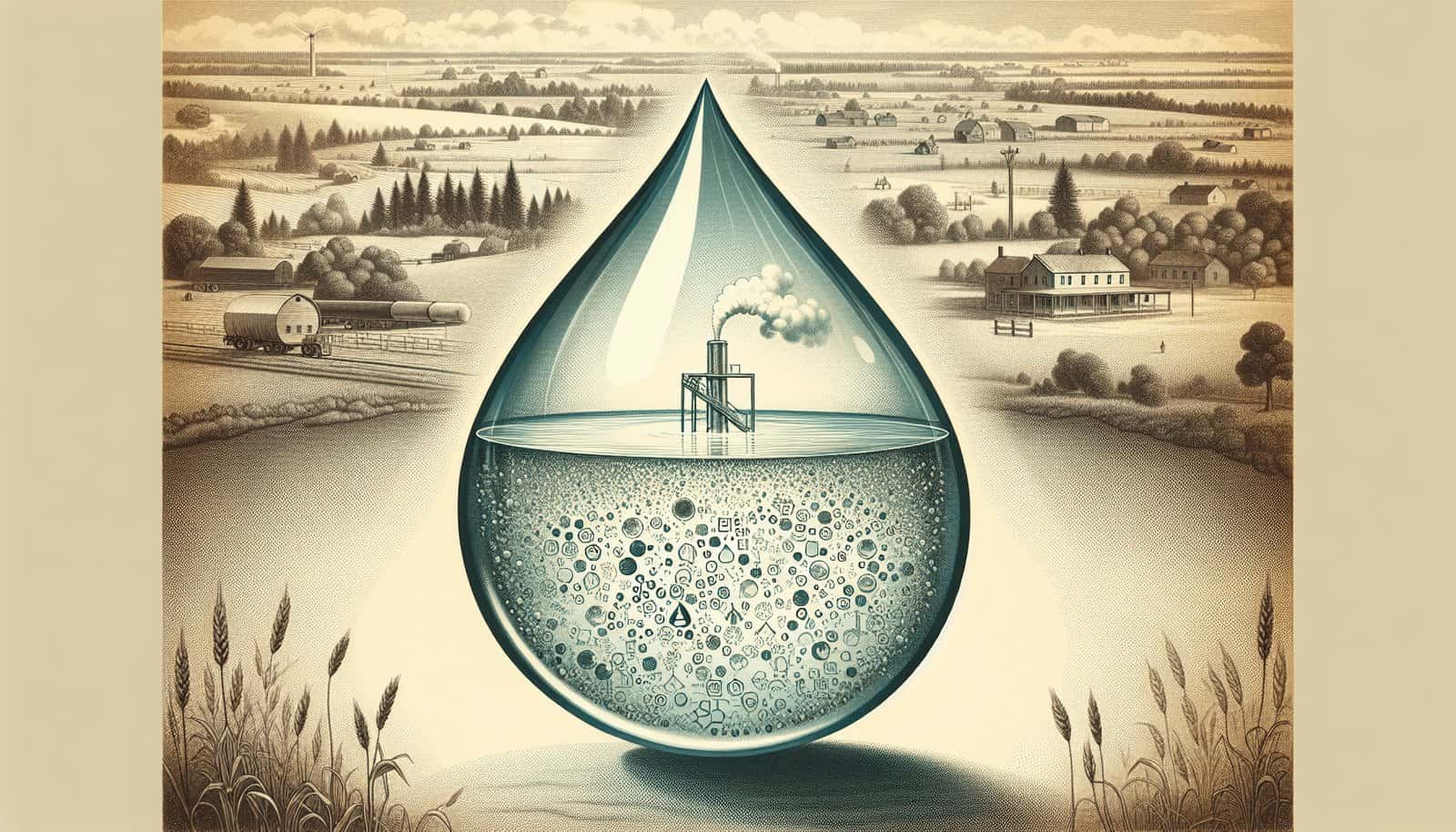Could you imagine pouring yourself a refreshing glass of water, only to discover that it contains invisible, harmful chemicals? It sounds alarming, doesn’t it? Unfortunately, this scenario is becoming a reality for many Americans as “forever chemicals” infiltrate some water wells.

What Are “Forever Chemicals”?
“Forever chemicals,” also known as PFAS (per- and polyfluoroalkyl substances), are synthetic compounds prevalent in numerous everyday products. These chemicals are irksome because they degrade very slowly, hence the moniker “forever.” They belong to a family of more than 4,700 different compounds used extensively due to their water and grease-resistant properties. You might find them in items ranging from non-stick cookware to firefighting foams.
How Do PFAS Enter Water Sources?
PFAS have entered the environment primarily through industrial spills, disposal of consumer products, and use in firefighting foams. Once released, they can accumulate in soil and seep into groundwater systems, contaminating water wells. Given their resilience and widespread use, even tiny amounts can lead to significant contamination over time.
Why Should You Be Concerned About PFAS?
The presence of these chemicals is concerning due to potential health risks. Studies suggest that exposure to high levels of PFAS can lead to various health issues, including liver damage, immune system effects, and increased cancer risk. Because these chemicals are persistent, they accumulate in the human body and the environment over time, leading to prolonged exposure risks.
Health Implications of PFAS Exposure
While research is ongoing, there is growing evidence linking PFAS exposure to several health problems. Long-term exposure may increase the risk of cancers, particularly kidney and testicular cancer. PFAS are also linked to developmental effects in young children, thyroid dysfunction, and increased cholesterol levels. Understanding these risks helps you appreciate why their presence in drinking water is alarming.

Where Are PFAS Problems Most Severe?
PFAS contamination is a nationwide issue but seems more pronounced in certain areas due to historical and ongoing industrial activities. Regions with a significant military or industrial presence often report higher PFAS levels in water systems, including water wells.
Highlighted Regions of Concern
- Washington State: Recent military testing revealed contamination in hundreds of drinking water wells, situating this state as a priority for remediation efforts.
- California: Severe drought conditions coupled with PFAS contamination have compounded water supply challenges, affecting thousands.
- Texas: Known for broad stretches of land drilled for water, this state has a significant number of wells testing positive for PFAS.

Measures and Solutions to Combat Contamination
Addressing PFAS contamination in water wells is multifaceted, involving prevention, regulation, and remediation.
Regulatory Actions
Governments are implementing stricter regulations to curb PFAS production and release. States and federal agencies are working on setting safe limits for PFAS levels in drinking water, providing a benchmark for cleanup efforts.
Remediation Techniques
Emerging technologies include advanced filtration systems and chemical treatments designed to remove PFAS from water supplies. However, these solutions can be costly and logistically challenging, particularly in rural areas relying on private wells.
Community and Individual Actions
Communities can organize regular testing and advocate for state interventions, ensuring local water supplies remain safe. For those relying on private wells, DIY measures like installing under-the-sink filters can reduce PFAS levels in drinking water.

How to Protect Yourself and Your Family
If you’re concerned about PFAS in your drinking water, there are steps you can take to safeguard your health and that of your loved ones.
Testing and Monitoring
Regular testing of your water well is crucial to detect any contamination early. Local health departments often provide guidance and sometimes financial assistance for water testing.
Filtration Solutions
Investing in water filtration systems specifically designed to target PFAS compounds can significantly lower your water contamination risks. Home systems range from pitcher filters to comprehensive whole-house units.
Staying Informed
Keeping abreast of local and national news regarding PFAS contamination can help you anticipate risks and react appropriately. Signing up for community newsletters or participating in local councils can provide valuable information and resources.

Looking Ahead: The Battle Against PFAS
The fight against PFAS contamination is complex and ongoing. Technological advancements, coupled with robust regulatory frameworks, are crucial to mitigating this environmental and health challenge. As awareness grows, so does the pressure on industries to reduce PFAS reliance and develop safer alternatives.
Conclusion
The reality of “forever chemicals” in our water systems is a significant concern that warrants attention and action. Understanding the risks, advocating for stricter regulations, and employing personal preventive measures are essential steps towards ensuring cleaner, safer drinking water for all. By staying informed and proactive, you empower yourself to protect your family from these insidious contaminants.
